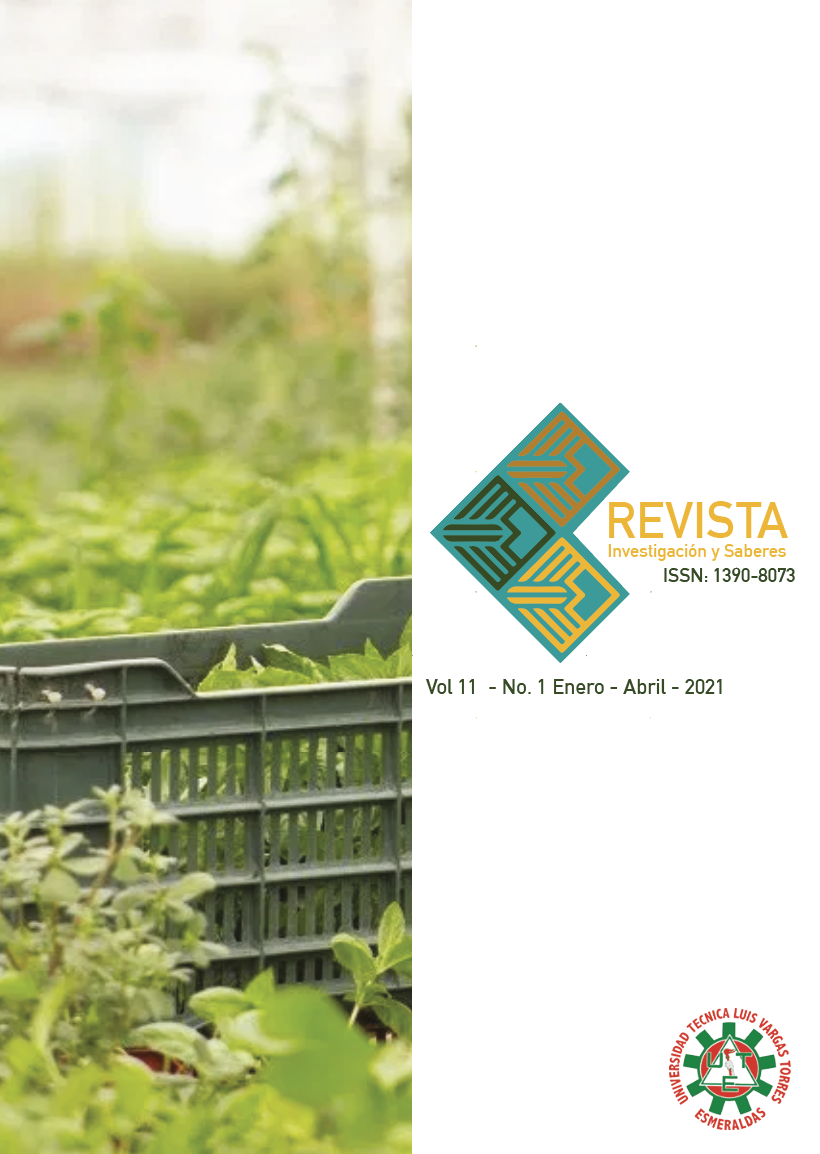Analysis of the impact on the sewage sludge treatment community by means of wetlands and vermicomposting and the production of fertilizer: systematic review
Contenido principal del artículo
Resumen
The sludge generated in wastewater treatment plants is an element of great importance due to the pollutants that constitute it and its potential impact on the environment. Therefore, it is important to investigate new technologies that can treat these biosolids with less impact and convert them into usable products, such as fertilizers. This article presents a review of the important aspects of the treatment of sewage sludge by means of wetlands and vermicomposting processes to obtain a material that can be applied to agricultural soil. Initially, information concerning the origin and composition of sewage sludge is presented. Subsequently, important aspects to consider in the treatment of sludge are mentioned, followed by an individual explanation of the treatments using wetlands and vermicomposting. Finally, the integrated treatment of wetlands and earthworms is described. At the end, conclusions and possible future research concerning the topic addressed in the article are drawn.
Detalles del artículo
Sección
La revista brinda acceso abierto inmediato a todo su contenido sobre el principio de que hacer que la investigación esté disponible de forma gratuita para el público para apoyar un mayor intercambio global del conocimiento.
De esta manera, el lector/a puede acceder a todos los contenidos de la revista desde el momento de la publicación sin coste ni obligación de suscripción.
La revista ienen licencia bajo el acuerdo de licencia internacional Attribution-NonCommercial-ShareAlike 4.0 International (CC BY-NC-SA 4.0). Los/as autores/as retienen los derechos de autor y se permite a terceros copiar, distribuir y hacer uso de los trabajos siempre que cumplan con los términos y condiciones establecidos por dicha licencia
- citar la autoría y la fuente original de su publicación (revista, editorial y URL de la obra).
- No se usen para fines comerciales.
- Si remezcla, transforma o crea a partir del material, deberá difundir sus contribuciones bajo la misma licencia que el original.
Puede encontrar más información al respecto en https://creativecommons.org/licenses/by-nc-sa/4.0/deed.es.
La Revista declina cualquier responsabilidad sobre posibles conflictos derivados de la autoría de los trabajos que se publican.

